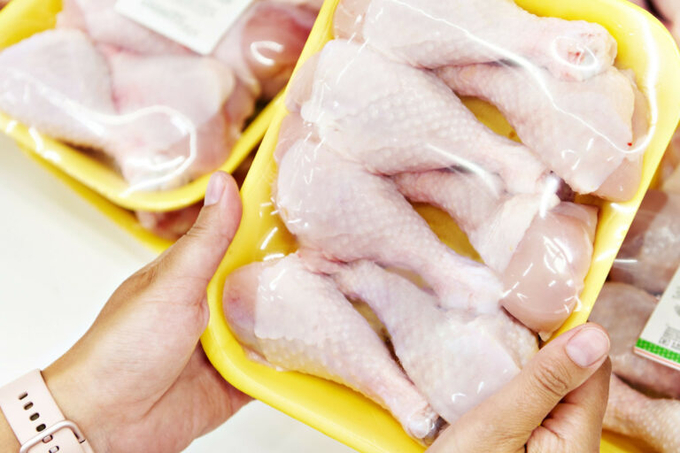June 1, 2025 | 17:43 GMT +7
June 1, 2025 | 17:43 GMT +7
Hotline: 0913.378.918
June 1, 2025 | 17:43 GMT +7
Hotline: 0913.378.918

RaboResearch notes that after several years of slow growth, global poultry consumption is forecast to reach 2.5-3% in 2024, marking a return to historic levels. Photo: Canva.
After several years of slow growth, global poultry consumption is forecast to reach 2.5-3% in 2024, marking a return to historic levels.
Global poultry markets are performing well due to lower production costs and solid demand recovery in most markets. Nan-Dirk Mulder, senior analyst of animal protein at RaboResearch, says: “Poultry’s strong price position against other proteins in most markets, along with strong retail demand, recovering foodservice demand, and rising sustainability strategies that support chicken demand are supporting rapid growth.”
Most poultry industries worldwide have remained relatively profitable, with rising prices in many cases. The main exceptions are China and Japan, which continue to suffer from local oversupply. Fast production growth, in combination with more challenging local economic conditions and lower consumer confidence, has led to oversupply, with relatively low prices and rising stocks. This has also weighed on imports, with large year-on-year drops in raw chicken imports to China and Japan in the first half of 2024.
Ongoing volatility
Nevertheless, overall trade is expected to stay robust in the second half of 2024. Most international markets are strong and balanced, increasing the demand for chicken imports. Global trade is forecast to grow in line with rising global poultry demand, but in the context of ongoing volatility. Weaker demand from China will put pressure on chicken feet prices, but breast meat and processed chicken prices are expected to remain firm, in line with strong market conditions in the main importing markets in Europe and Asia.
Consumption in advanced economies like Europe, the US, and Japan will continue to grow in line with long-term trends and improved affordability. Demand for more value-added products like processed chicken and concept poultry will recover further, returning to trend levels after a few slow years.
However, risks remain. The tensions in the Middle East, and the consequent rerouting of trade via South Africa, continue to weigh on trade between Asia and Europe due to the longer transport times and higher costs.
“For the outlook, the main wild cards will be animal diseases and geopolitical tensions. Both can suddenly impact global trade flows,” notes Mulder. “In a context with ongoing high risks, such as animal disease, feed price volatility, and geopolitical tension, supply growth discipline is important to keep operating under balanced market conditions,” he concludes, adding, “Otherwise, the current bullish market conditions could push producers to expand too optimistically, leading to oversupply like that seen in China and Japan.”
(Poultryworld)

(VAN) Vikas Rambal has quietly built a $5 billion business empire in manufacturing, property and solar, and catapulted onto the Rich List.

(VAN) Available cropland now at less than five percent, according to latest geospatial assessment from FAO and UNOSAT.

(VAN) Alt Carbon has raised $12 million in a seed round as it plans to scale its carbon dioxide removal work in the South Asian nation.

(VAN) Attempts to bring down the price of the Japanese staple have had little effect amid a cost-of-living crisis.

(VAN) Fourth most important food crop in peril as Latin America and Caribbean suffer from slow-onset climate disaster.

(VAN) Shifting market dynamics and the noise around new legislation has propelled Trouw Nutrition’s research around early life nutrition in poultry. Today, it continues to be a key area of research.

(VAN) India is concerned about its food security and the livelihoods of its farmers if more US food imports are allowed.